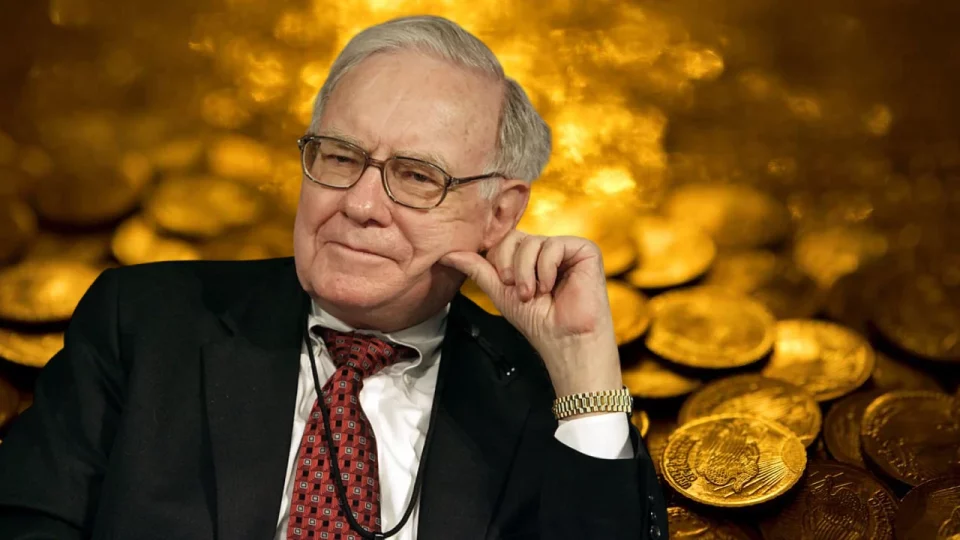At 94 years old, Warren Buffett, the legendary investor and CEO of Berkshire Hathaway, has unveiled his most comprehensive plan yet for the distribution of his immense fortune after his passing.
In a candid and reflective letter to shareholders, Buffett provided rare insights into his estate planning strategy, his enduring commitment to philanthropy, and his views on mortality.
This revelation marks another chapter in the life of a man whose wealth, principles, and influence have shaped modern finance and philanthropy.
Table of Contents
The Master Plan: A Family-Centric Approach to Giving
Buffett’s plan centers on his three children — Susie, Howard, and Peter Buffett — now in their 60s and 70s. They are entrusted with the responsibility of unanimously deciding how to allocate his fortune to philanthropic causes after his death. This familial approach reflects Buffett’s enduring trust in his children while acknowledging the uncertainty of life.
In his letter, Buffett poignantly noted, “Father Time always wins.” Reflecting on mortality, he shared that he had once hoped his late wife, Susan Thompson Buffett, would outlive him to manage their wealth. However, her passing in 2004 necessitated a different approach, prompting him to rethink the structure of his legacy.
Contingency Planning: Beyond His Children
Recognizing the unpredictability of life, Buffett also designated three potential successor trustees who would step in should his children be unable to fulfill their roles. While their identities remain undisclosed, their inclusion ensures that his philanthropic mission endures beyond personal relationships. This foresight underscores Buffett’s meticulous planning and his commitment to creating a legacy of giving.
Philanthropy in Action: Massive Donations Continue
True to his long-standing pledge to give away the majority of his wealth, Buffett has already made substantial philanthropic contributions. In his latest move, he announced the conversion of 1,600 Class A shares of Berkshire Hathaway into 2.4 million Class B shares. These shares, valued at approximately $1.2 billion, will be donated as follows:
- Susan Thompson Buffett Foundation: The foundation named after his late wife will receive 1.5 million Class B shares.
- Three Foundations Led by His Children: These organizations will collectively receive 300,000 Class B shares.
These donations are in addition to Buffett’s regular annual contributions to family foundations and the Bill & Melinda Gates Foundation, which has been a significant beneficiary of his wealth. Since his initial pledge in 2006, Buffett has steadily given away billions, embodying his belief in using wealth to improve society.
The Numbers Speak Volumes
Buffett’s net worth, estimated at $150 billion by Bloomberg, has not deterred his philanthropic zeal. Despite his donations, he remains one of the wealthiest individuals in the world. His approach demonstrates how strategic wealth management and giving can coexist, benefiting future generations without compromising personal financial security.
A Blueprint for Estate Planning: Lessons from Buffett
Buffett’s letter goes beyond personal reflections, offering valuable advice to others navigating the complexities of wealth and inheritance. He emphasizes the importance of communication and transparency within families when discussing estate plans.
Key Takeaways from Buffett’s Advice
- Involve Your Children Early: Buffett recommends that parents with significant wealth ensure their children read and understand their wills before they are signed. This fosters clarity and prepares them for future responsibilities.
- Explain the Logic: By explaining the rationale behind their decisions, parents can mitigate potential misunderstandings or disputes among heirs.
- Promote Accountability: Buffett highlights the importance of instilling a sense of responsibility in beneficiaries, ensuring they understand the duties that come with inherited wealth.
This practical guidance is a testament to Buffett’s belief in proactive planning and open communication, values that have defined both his financial success and his approach to philanthropy.
